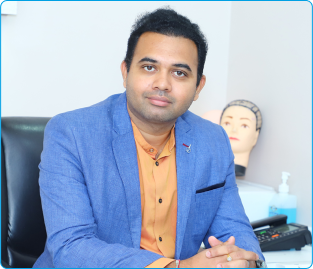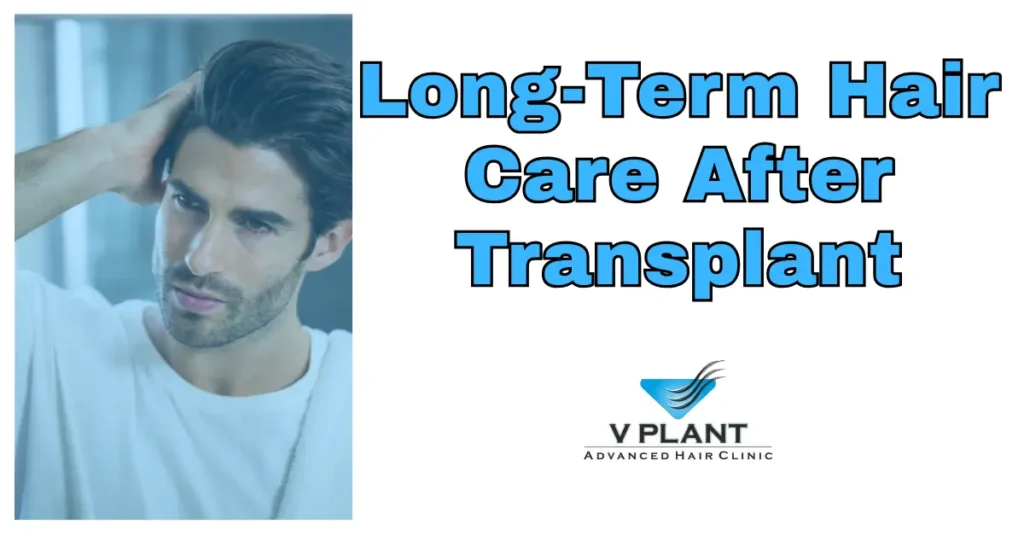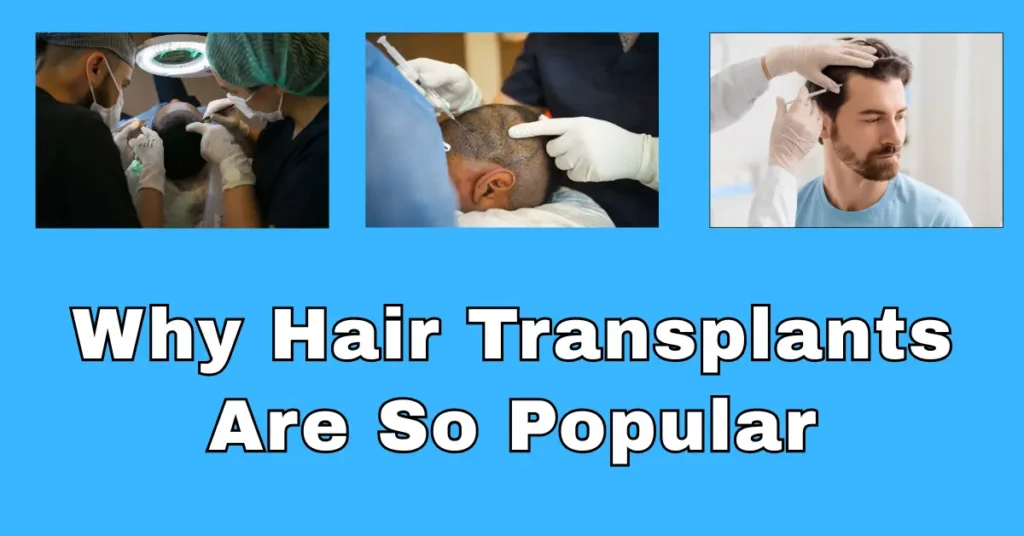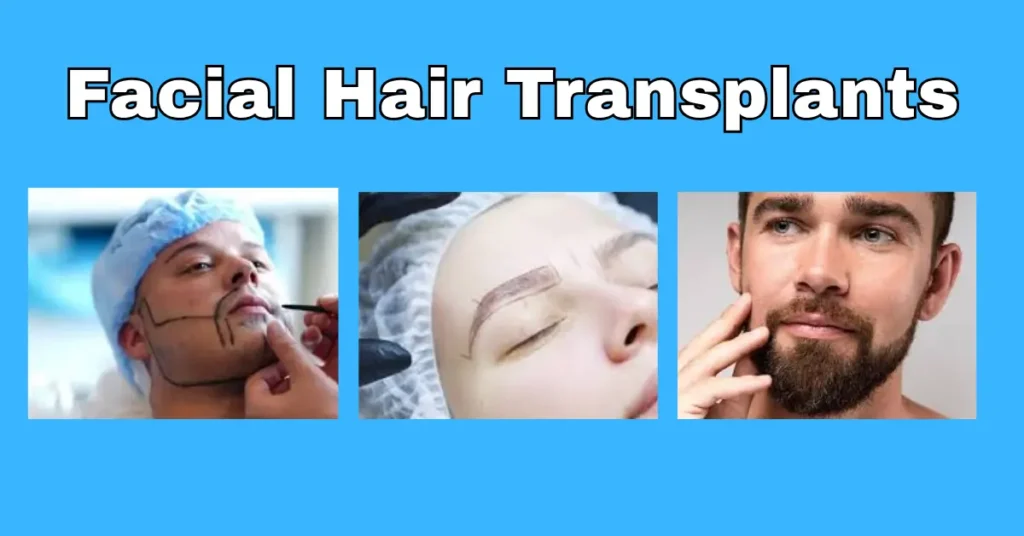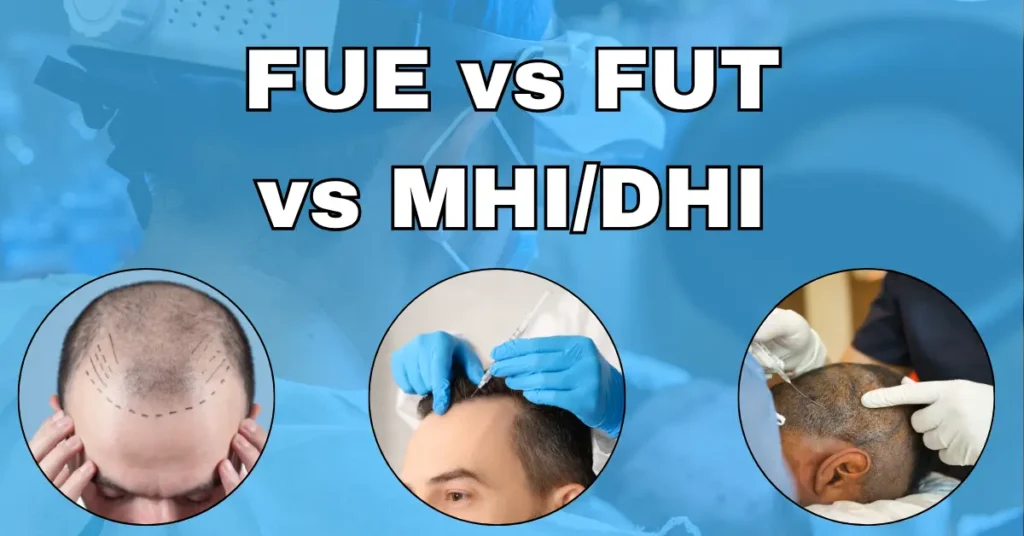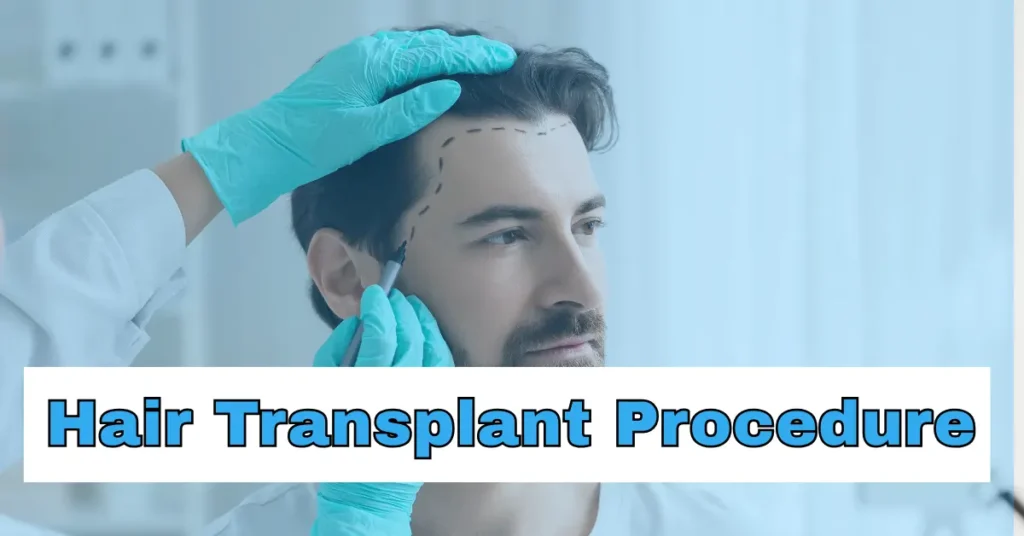Long-Term Hair Care After Transplant: A Complete Guide is designed to help anyone who has undergone a hair transplant understand how to maintain healthy, strong, and natural-looking hair for years. This guide explains practical, easy-to-follow steps for caring for both transplanted hair and the surrounding scalp. Proper care ensures new hair growth thrives, the hair restoration results last, and your hair transplant expectations are met. Whether you had FUE, FUT, MHI, DHI, or other types of hair transplant procedures, this guide covers essential routines like gentle washing, proper scalp nutrition, preventing damage, and lifestyle habits that promote hair strength. Regular follow-ups with your hair transplant surgeon help monitor growth, track hair regrowth, and address concerns. Following these strategies helps minimize shedding, support long-term scalp health, and preserve your solution for hair loss with confidence.
Understanding Hair Transplant and Its Impact
A hair transplant involves moving hair follicles from a donor area, typically the back or sides of the scalp, to areas affected by hair loss in the recipient area. The transplanted hair is carefully placed to mimic natural growth, creating permanent coverage over time.
Different types of hair transplant techniques include:
- Follicular Unit Extraction (FUE): Individual hair grafts are taken from the donor site and implanted into the recipient area.
- Follicular Unit Transplantation (FUT): A strip of scalp with healthy hair follicles is removed, dissected into grafts, and transplanted.
- MHI & DHI methods: Advanced techniques that offer precise implantation for natural-looking results.
Each approach has unique considerations, but all require consistent long-term hair care after transplant to support hair regrowth and ensure new hair growth appears natural.
Immediate Post-Transplant Care
The first few weeks after hair transplant surgeries are critical for transplanted hair survival. Key steps include:
- Avoid touching or scratching the scalp to protect hair grafts.
- Follow your hair transplant surgeon’s cleaning instructions.
- Protect the scalp from direct sunlight to prevent irritation.
- Avoid heavy exercise or strenuous activity to reduce swelling and bleeding.
This early care lays the foundation for lasting hair restoration and ensures your solution to hair loss is effective.
Long-Term Hair Care Practices
Once your scalp heals, maintaining hair health over the long term is essential. Here are key strategies:
1. Gentle Hair Care
- Use mild, sulfate-free shampoos.
- Avoid vigorous rubbing; pat hair dry.
- Use soft brushes and wide-tooth combs.
These steps protect transplanted hair, reduce breakage, and support hair regrowth.
2. Nutritional Support
- Eat proteins from eggs, fish, and legumes for strong hair follicles.
- Include iron and zinc to prevent thinning.
- Add vitamins D and B-complex to boost scalp health.
- Omega-3 fatty acids enhance shine and reduce inflammation.
Supplements recommended by your hair transplant surgeon can help accelerate new hair growth.
3. Scalp Care
- Scalp massages improve blood flow to hair follicles.
- Topical treatments like minoxidil may encourage hair regrowth.
- Avoid harsh chemical treatments in the first year.
Good scalp care complements your hair transplant procedure and enhances hair restoration.
4. Avoiding Damage
- Limit heat styling and tight hairstyles.
- Avoid chlorine or saltwater exposure.
Protecting transplanted hair ensures your hair transplant experience remains positive and your results last.
Monitoring and Professional Follow-Up
Long-term care also involves professional guidance:
- Track new hair growth and check for thinning.
- Examine the donor area for scarring or over-harvesting.
- Plan additional sessions for density if needed.
Regular check-ins with your hair transplant surgeon help maintain your solution for hair loss and improve outcomes.
Common Challenges and Solutions
Shedding: Normal for 2-3 weeks post-surgery. New hair growth usually starts in 3-4 months.
Slow hair growth: Genetics, lifestyle, or type of hair loss can affect regrowth. Nutrition and topical solutions help.
Scar visibility: Common with FUT. Long-term care and FUE touch-ups may address this.
Lifestyle Tips for Hair Health
- Quit smoking to improve scalp circulation.
- Manage stress through meditation or exercise.
- Stay hydrated.
- Prioritize sleep to support hair regrowth.
These habits complement your hair restoration journey for long-lasting results.
Enhancing Hair Density Over Time
Some patients choose additional hair transplant surgeries:
- FUE touch-ups for small bald spots.
- FUT procedures for larger areas.
- Combinations of FUE and FUT for natural hair regrowth.
Consulting a skilled hair transplant surgeon ensures alignment with your hair transplant expectations.
Myths About Post-Transplant Hair Care
- “Transplanted hair won’t fall out.” Initial shedding is normal.
- “You can skip hair care.” Ongoing care is essential for new hair growth.
- “Any shampoo is safe.” Harsh chemicals can damage hair follicles.
Following professional advice ensures your hair transplant experience is smooth and sustainable.
Recommended Hair Care Products
- Mild, sulfate-free shampoos and conditioners
- Topical solutions for hair regrowth
- Nutrient-rich oils for scalp nourishment
- Heat protection sprays
Always consult your hair transplant surgeon before adding new products.
The Role of Technology
Modern types of hair transplant procedures and hair restoration technologies aid hair regrowth:
- Digital scalp mapping monitors growth and density.
- AI hair analysis predicts solution for hair loss needs.
- Laser therapy and PRP stimulate hair follicles and support new hair growth.
Technology integration enhances your hair transplant experience and ensures long-term satisfaction.
Conclusion
Long-term hair care after transplant is crucial for achieving lasting results. Gentle washing, proper nutrition, lifestyle adjustments, and follow-ups with your hair transplant surgeon all support transplanted hair, hair regrowth, and overall confidence. Whether you’ve had FUE, FUT, MHI, or DHI methods, consistent care ensures your solution for hair loss is effective and enduring. Patience, consistency, and expert guidance turn your hair transplant experience into a lifelong success.






